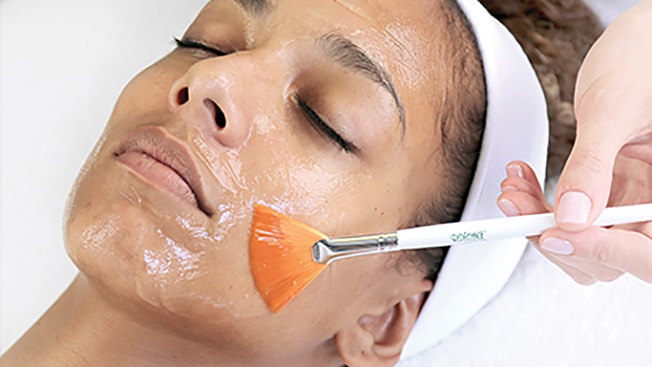Acne-prone skin can be frustrating, often leaving behind blemishes, clogged pores, and uneven texture. One effective treatment that has gained popularity is the glycolic acid peel. Glycolic acid, a naturally occurring alpha-hydroxy acid (AHA) derived from sugar cane, works to exfoliate the skin, remove dead cells, and clear pores. Many people in Dubai turn to Glycolic Acid Peel In Dubai as a solution for acne-prone skin because it targets the root causes of breakouts while promoting smoother, healthier skin.
How Glycolic Acid Peel Helps Acne-Prone Skin
A glycolic acid peel works on several levels to improve acne-prone skin. First, it exfoliates the outermost layer of dead skin cells, preventing clogged pores that can lead to breakouts. By removing this layer, it also helps reduce blackheads and whiteheads. Additionally, glycolic acid encourages skin cell turnover, which can fade post-acne marks and prevent the formation of new blemishes over time.

-
Exfoliation: Keeps pores clear of debris that triggers acne.
-
Oil Control: Helps reduce excess sebum that can worsen breakouts.
-
Scar Reduction: Smooths post-acne marks and minor scars.
-
Skin Renewal: Stimulates fresh cell growth for healthier skin.
Suitable Candidates
Acne-prone individuals with mild to moderate breakouts often see the best results with glycolic acid peels. People experiencing severe cystic acne should consult a dermatologist first, as peels alone may not be sufficient. Teenagers and adults alike can benefit from this treatment, provided it’s tailored to their specific skin needs.
Procedure Overview
During a glycolic acid peel session, the skin is first cleansed thoroughly. The glycolic acid solution is then applied evenly to the affected areas. Depending on the concentration, you may feel a gentle tingling sensation as the peel penetrates the skin. After a short period, the peel is neutralized, and a soothing moisturizer is applied. Sessions are typically quick, lasting around 20-30 minutes, and downtime is minimal.
Post-Treatment Care
After the peel, the skin may appear slightly red or feel sensitive, which usually resolves within a day or two. Proper post-peel care is crucial for acne-prone skin. Avoid direct sun exposure, wear a high-SPF sunscreen, and refrain from using harsh scrubs or exfoliants for a few days. Hydrating creams and gentle cleansers will support the skin’s healing process and enhance results.
Benefits for Acne-Prone Skin
-
Reduces the frequency of breakouts.
-
Clears clogged pores and blackheads.
-
Fades post-acne marks and pigmentation.
-
Improves skin texture and smoothness.
-
Promotes a more even and radiant complexion.
Safety Considerations
Glycolic acid peels are generally safe when administered by a trained professional. However, overuse or high-concentration peels can irritate sensitive skin. Individuals with active infections, eczema, or very sensitive skin should discuss alternatives or lighter peel options with their skincare specialist. Following the recommended treatment plan ensures optimal outcomes without causing additional skin issues.
Final Thoughts
For those struggling with acne-prone skin, glycolic acid peels offer a reliable way to reduce breakouts, fade scars, and improve overall skin health. By carefully exfoliating and promoting cell turnover, this treatment addresses multiple acne concerns simultaneously. In Dubai, professional Glycolic Acid Peel Dubai sessions are designed to deliver safe, effective, and lasting results, making them an excellent addition to any acne skincare routine.

